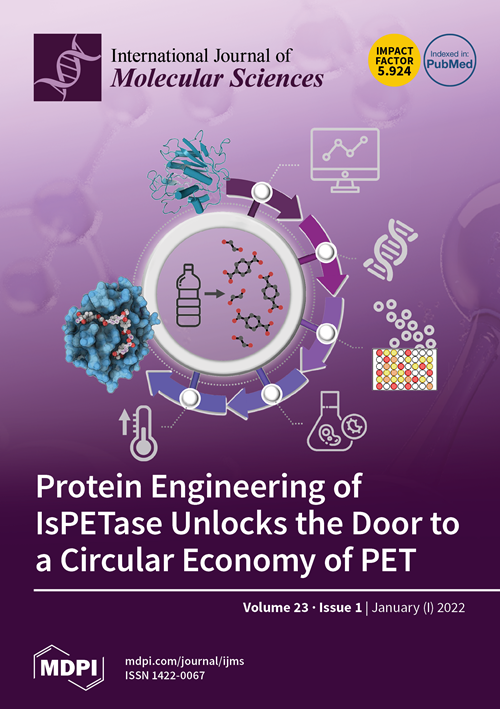Tumor Necrosis Factor-Alpha: Ally and Enemy in Protean Cutaneous Sceneries
IF 4.9
2区 生物学
Q1 BIOCHEMISTRY & MOLECULAR BIOLOGY
引用次数: 0
Abstract
Skin is the forestage for a series of many-sided functions of tumor necrosis factor-alpha (TNF-α), a proinflammatory cytokine with staggering versatility and sizable implications for tissue homeostasis, immune responses, angiogenesis, apoptosis, local and systemic inflammation. An aberrant TNF-α-mediated crosstalk has been linked to the pathogenesis of acute and chronic skin inflammatory diseases, and indeed, TNF-α dysregulation can contribute to the development and progression of psoriasis, vitiligo, local damage following exposition to ultraviolet light radiations, cutaneous lupus erythematosus, and acne vulgaris. Therapies that target TNF-α are conspicuously used in the treatment of different skin disorders, aiming to modulate the in vivo immune functions triggered by many cutaneous cells, including keratinocytes, mast cells, or Langerhans cells, and reduce inflammation taking place within the skin. Herein, we focus on the key relationships between TNF-α and distinct skin non-neoplastic inflammatory or physiologic conditions, showing that a natural induction of TNF-α may have a protective significance but that TNF-α overproduction may be harmful or even lethal. Many questions remain unraveled in the therapeutic practice, and caution should be exercised due to eventual backlashes exerted by TNF-α in maintaining skin health or in provoking skin disease.肿瘤坏死因子-α:蛋白皮肤病的盟友与敌人
皮肤是肿瘤坏死因子-α(TNF-α)一系列多方面功能的 "森林",TNF-α是一种促炎细胞因子,具有惊人的多功能性,对组织稳态、免疫反应、血管生成、细胞凋亡、局部和全身炎症具有重大影响。TNF-α介导的异常串扰与急性和慢性皮肤炎症性疾病的发病机制有关,事实上,TNF-α失调可导致牛皮癣、白癜风、紫外线照射后的局部损伤、皮肤红斑狼疮和寻常痤疮的发生和发展。针对 TNF-α 的疗法被广泛用于治疗各种皮肤疾病,旨在调节由角质形成细胞、肥大细胞或朗格汉斯细胞等多种皮肤细胞引发的体内免疫功能,减轻皮肤内部的炎症反应。在此,我们将重点关注TNF-α与不同的皮肤非肿瘤性炎症或生理状况之间的关键关系,表明TNF-α的自然诱导可能具有保护意义,但TNF-α的过度产生可能有害甚至致命。在治疗实践中仍有许多问题有待解决,由于TNF-α在维持皮肤健康或诱发皮肤疾病方面最终会产生反作用,因此应谨慎行事。
本文章由计算机程序翻译,如有差异,请以英文原文为准。
求助全文
约1分钟内获得全文
求助全文
来源期刊

International Journal of Molecular Sciences
Chemistry-Organic Chemistry
CiteScore
8.10
自引率
10.70%
发文量
13472
审稿时长
17.49 days
期刊介绍:
The International Journal of Molecular Sciences (ISSN 1422-0067) provides an advanced forum for chemistry, molecular physics (chemical physics and physical chemistry) and molecular biology. It publishes research articles, reviews, communications and short notes. Our aim is to encourage scientists to publish their theoretical and experimental results in as much detail as possible. Therefore, there is no restriction on the length of the papers or the number of electronics supplementary files. For articles with computational results, the full experimental details must be provided so that the results can be reproduced. Electronic files regarding the full details of the calculation and experimental procedure, if unable to be published in a normal way, can be deposited as supplementary material (including animated pictures, videos, interactive Excel sheets, software executables and others).
 求助内容:
求助内容: 应助结果提醒方式:
应助结果提醒方式:


